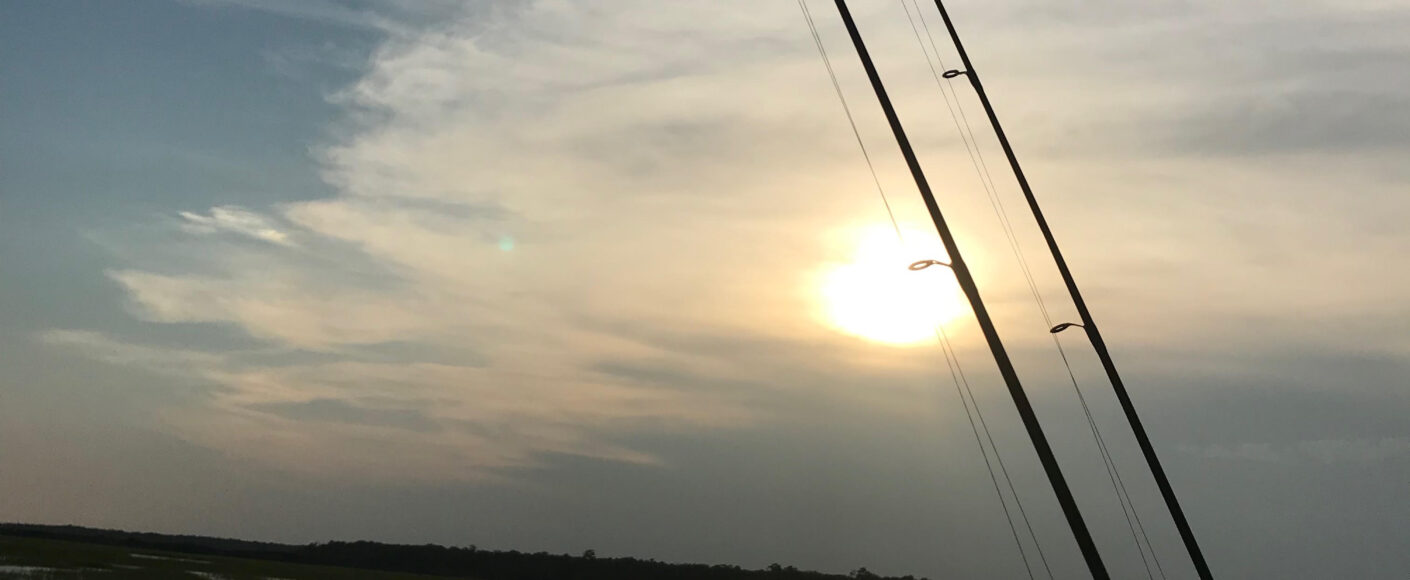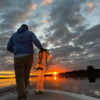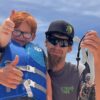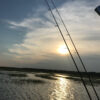Inshore Saltwater Fishing for Beginners

It’s probably a good idea to have a few different setups for your various fishing adventures, since different locations and target species call for different gear. For example, if you’re fishing from the beach, a surf casting setup is ideal. This type of rod and reel combo allows you to cast long distances past the breaking waves, where larger fish like pompano, bluefish, or red drum tend to cruise. On the other hand, if you’re bridge fishing for powerful fish like snook or grouper, you’ll want a heavier setup that can handle strong runs and the risk of your line rubbing against pilings or rocks. And if you’re working the grass flats in search of spotted sea trout, flounder, or smaller redfish, a lighter rod and reel will give you better casting accuracy and more sensitivity to feel subtle bites.
If I were just starting to fish inshore, I’d recommend beginning with a 2500-series reel spooled with 10-pound braid or monofilament line. Pair that reel with a 7- to 8-foot medium-action rod, which provides a nice balance of strength and flexibility. This setup is versatile and forgiving, perfect for learning how to cast, fight fish, and handle lures or live bait. It’s an excellent choice for smaller fish and for open-water areas like grass flats, sandy bottoms, or calm bays where you won’t be pulling fish out of heavy cover.
As you gain experience, it’s smart to add a second, heavier setup to your arsenal. A 4000- to 5000-series reel spooled with 30-pound braided line, matched with a 7- to 8-foot medium-heavy rod, is a great choice for larger inshore species such as big redfish, snook, tarpon, or even small sharks. The extra strength gives you the power to pull fish away from docks, bridge pilings, oyster bars, and other structures where they can easily break you off.
There’s no single “perfect” setup for inshore fishing. The ideal combination of rod, reel, line, bait, and lures depends on where you’re fishing, what you’re targeting, and even the conditions on a given day. Over time, as you experiment with different gear and techniques, you’ll develop a feel for what works best for your favorite spots and species. The key is to stay adaptable, learn from experience, and enjoy the process of finding the setups that suit your style of fishing best.




